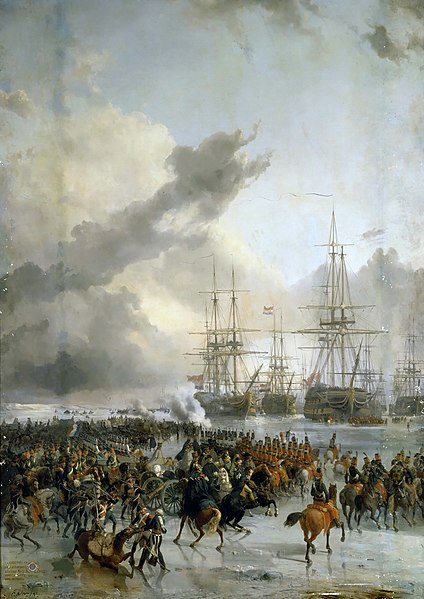I must say I
enjoyed an apparent assertion from an Admiral Pushkin quasi-related to SLOC warfare, that: “bourgeois falsifiers of history wrongly assign enormous importance to the Battle of the Atlantic, considering it one of the main factors that determined the outcome of World War II” and goes on to state that it was the Eastern Front that secured victory in the Atlantic. Sure, mate, you did it all by yourself. In splendid isolation. No other factors or participants. I must have missed the bit where T34s could do 30kts in sea state 4!

Suffice to say, I won't consider this Pushkin fella (other f-words available) to be authoritative on much at all.
There are quite a few modern commentators who will claim not only that the defeat of Germany was entirely due to the actions of the USSR, without any meaningful contribution from the United Kingdom or United States, but also that the surrender of Japan was entirely due to the Soviet declaration of war against them. That's partly a backlash against Anglo-American portrayals of WW2 as exclusively
their affair, with the USSR's involvement a sideshow, which come from Cold War imperatives and which are of course completely incorrect.
It stands to reason, of course, that a combatant power which viewed the war at sea as an existential struggle would present victory at sea as the determining factor of the war. And it equally stands to reason that a combatant power which viewed the war on land as an existential struggle would present victory on land as the determining factor of the war. The truth, of course, is that neither extreme view is accurate.
With that perspective in mind,
of course the Royal Navy looked at Soviet cruisers and saw a threat to the sea lanes. They knew cruiser warfare and the problems it could cause. A couple of dozen big, powerful cruisers would be a real problem for them if they got loose.
And
of course the Soviets built cruisers because they saw Western naval power as a threat to the flanks of their land-based power. A large-scale amphibious landing in (say) Estonia or Crimea - or as the Cold War developed, even Poland - could be disastrous for them.
That said, Soviet disinterest in commerce raiding doesn't rule out coordinated attacks on NATO logistic convoys.
@Dilandu notes that this would take the form of planned sorties against specific targets, rather than the traditional cruiser warfare approach of 'go forth and sink things'. Which makes perfect sense: for a land power, interdicting lines of communication is an important cavalry mission. And what are ships if not cavalry? Just ask Jan Willem de Winter!

